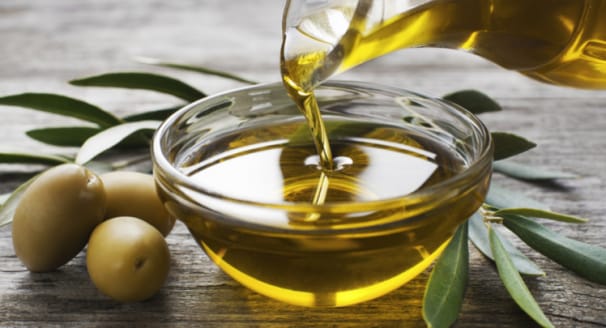Uric acid is a compound that we all have in our blood in low quantities. However, if you end up with high levels of uric acid in the body, a condition also known as hyperuricemia, you may eventually suffer such health problems such as kidney stones, kidney failure or gout. Keeping your uric acid levels low is important, thankfully, there are plenty of foods as part of a gout diet that can go a long way to helping you do just that– here are 10 Low Purine and Uric Acid Reducing Foods.
Cranberries
Staying with the fruit or berry family, while cranberries aren’t the easiest of fruits to find, the extra effort to do so can be well worthwhile, given that they are among the highest-regarded fruits for the treatment of high uric acid levels. Not only do they contain plenty of vitamin C and anthocyanins, but they also make for delicious fruit juice, so are pretty easy to consume.
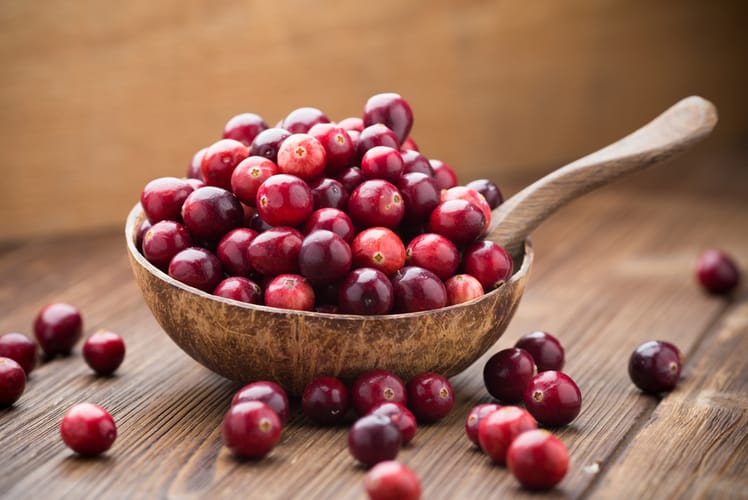
Organic eggs
Given that uric acid is a waste product that the body produces specifically to break down purine, which is found in many foods, it makes sense to look to low-purine options if you wish to bring the amount of uric acid in your blood to a healthier level. Organic eggs could be just the thing, as they are considered to be a low-purine food, although you should be wary of consuming too much protein – we recommend no more than 0.8 grams per kilogram of body weight every day.
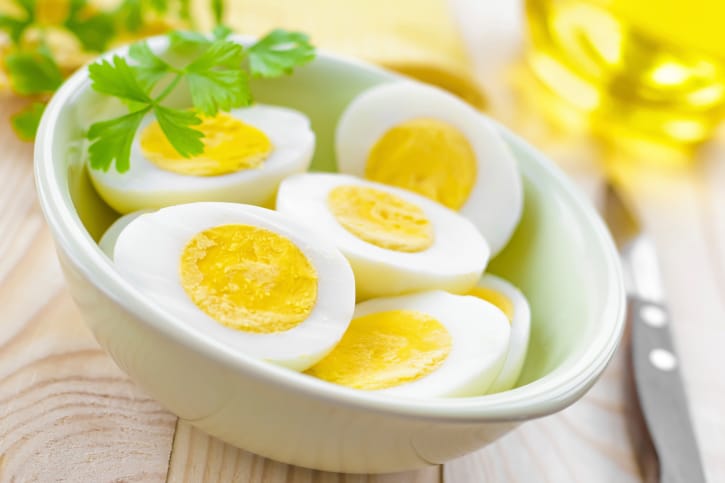
Dark chocolate
The inclusion of dark chocolate in our list may surprise you, but it shouldn’t. We’ve included it because it’s this type of chocolate that has especially high levels of theobromine, which is an alkaloid with a comparable structure to caffeine. It is mainly found in the cocoa bean, which is why we haven’t suggested milk chocolate, on the basis that it contains less of the original cocoa bean. Studies have suggested that theobromine can be effective in lowering uric acid levels.

Pinto beans
If you want to reduce uric acid, dietary folate plays a key role, and you’ll find a high amount of it in pinto beans. They also contain only about 57 milligrams (mg) of purines per cup. Nor are they the only low-purine legumes that are also decent sources of folate, with others including chickpeas and lima beans.
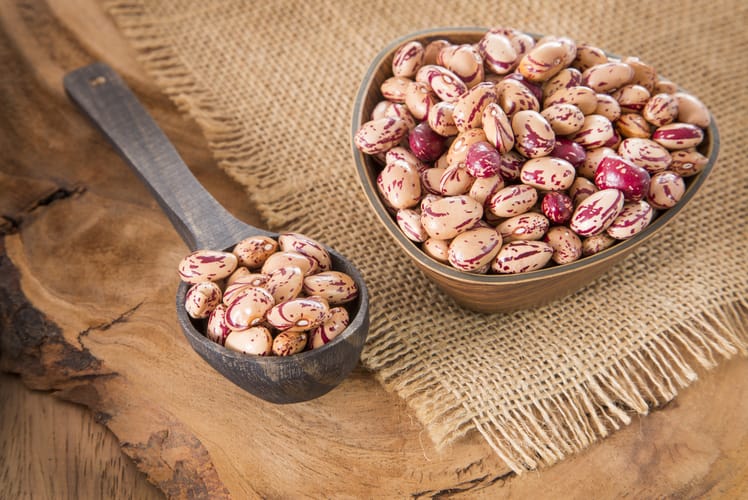
Olive oil and olives
Why bother taking non-steroidal anti-inflammatory drugs (NSAIDs) when you can simply have olives and extra virgin olive oil instead? Both, after all, contain the antioxidant vitamin E that is so instrumental in controlling uric acid levels. However, if you are suffering from gout, you should be careful to avoid using the olive oil for deep-frying, given the importance of not consuming fried foods in general. Instead, simply add it to your salads, pastas and vegetables.
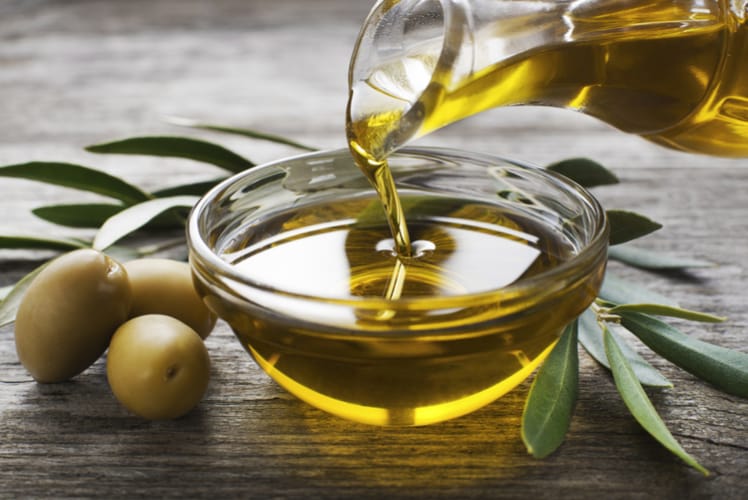
Apple cider vinegar
Apple cider vinegar is mentioned a lot by health professionals giving advice on how to reduce uric acid levels, and it isn’t too difficult to see why. Not only does it contain malic acid that is thought to be useful for breaking down and removing uric acid from the body, but it also has anti-inflammatory properties. By adding three teaspoons of vinegar to eight ounces of water and having it two or three times a day, you can greatly help to decrease the amount of uric acid in your body.
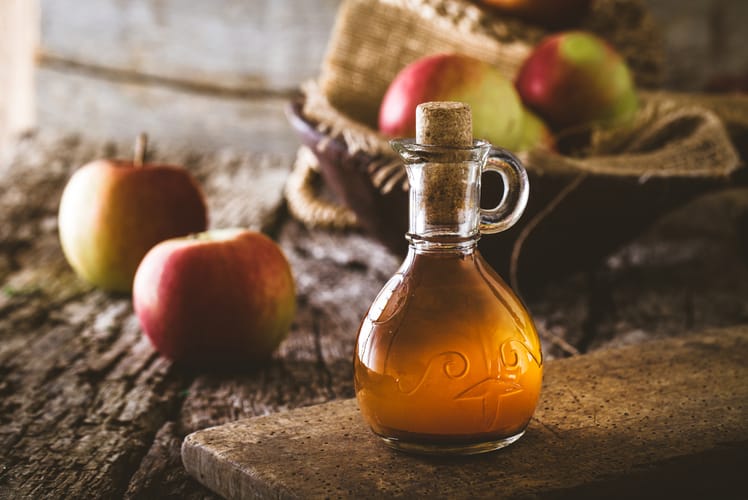
Brazil nuts
Unfortunately, not all nuts are low in purines – peanuts, for example, have almost 79 mg of purines per cup. Brazil nuts, though, contain a mere 23 mg per cup, and can therefore be a key part of your diet when you are seeking to reduce your uric acid levels. Other low-purine nuts range from cashews and almonds to macadamia nuts and walnuts.

Flaxseeds
The essential fatty acids contained in flaxseeds and flaxseed oil can certainly be useful for keeping inflammation down, while a 2011 study conducted by researchers in Brazil found that flaxseeds were more effective than soybean oil at reducing uric acid levels in rats. To be more specific, the flaxseed supplement used by researchers achieved a 34% decrease in the amount of uric acid over a 180-day period.

Vegetable juices
You might just be amazed by how much you can reduce your uric acid levels when you combine carrot juice with beet and cucumber juice. It’s as simple a process as mixing 100 milliliters (ml) each of beet juice and cucumber juice with 300 ml of carrot juice daily to get the best results.
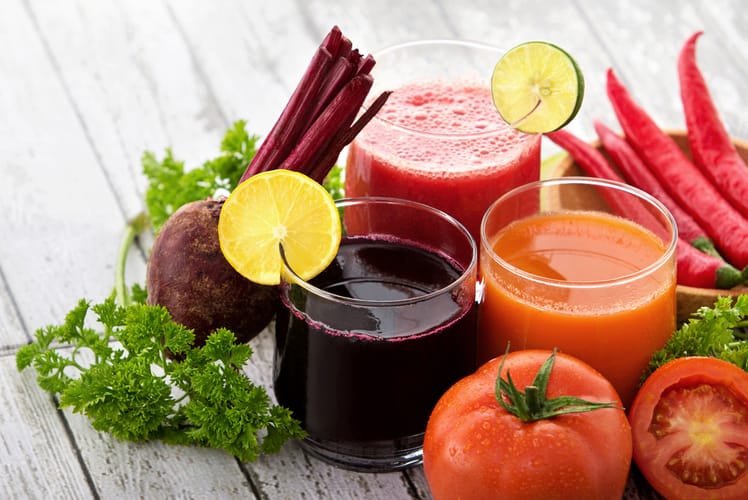
Cherries
Cherries are among the most frequently-cited foods for reducing uric acid levels, and for good reason – they’re very effective at that task, thanks to the anti-inflammatory substances, known as anthocyanis, that they contain. We recommend eating about 10 cherries a day to really start feeling the benefit, and they should always be eaten as they are, rather than as part of a pie or jam.


